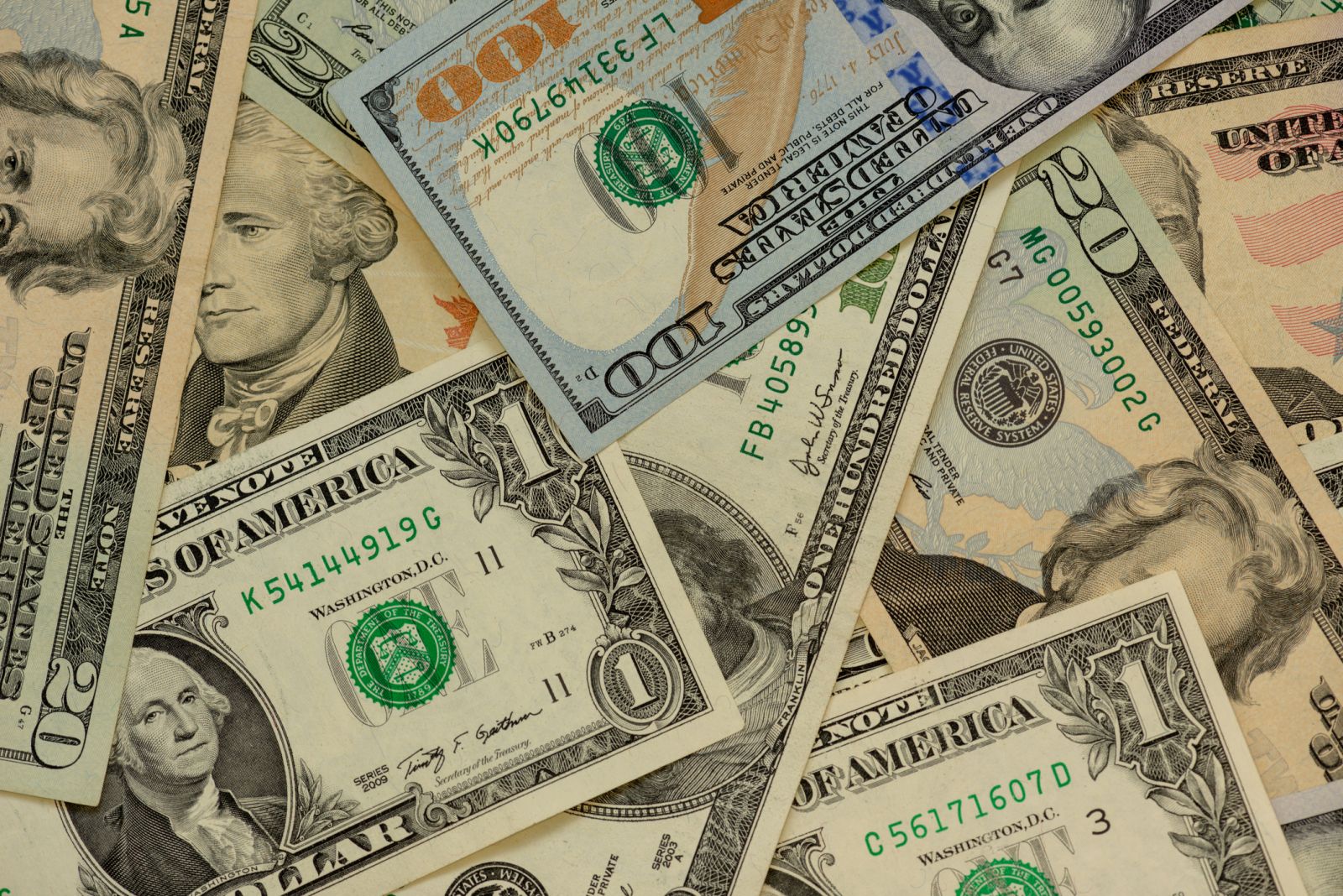
The dollar index (DXY00) today is down by -0.10%. The dollar today gave up an early advance and turned lower after today’s US job openings and ISM reports were weaker than expected. The dollar is also under pressure due to concerns that US tariffs would derail economic growth.
The dollar today initially moved higher as US tariff concerns weighed on equity markets and boosted safe-haven demand for the dollar. Dovish Eurozone inflation news today also weighed on EUR/USD to benefit the dollar.
US Feb JOLTS job openings fell -194,000 to 7.568 million, weaker than expectations of 7.658 million.
The March US ISM manufacturing index fell -1.3 to a 4-month low of 49.0, weaker than expectations of 49.5. The March US ISM prices paid sub-index rose +7.0 to a 2-3/4 year high of 69.4, stronger than expectations of 64.6.
US Feb construction spending rose +0.7% m/m, stronger than expectations of +0.3% m/m.
Market attention this week will include Wednesday’s March ADP employment change (expected to climb by +120,000). On Thursday, the March ISM services index is expected to fall -0.5 to 53.0, and on Friday, March nonfarm payrolls are expected to increase by +138,000, and the March unemployment rate is expected to be unchanged at 4.1%. Also, March average hourly earnings are expected at +0.3% m/m and +4.0% y/y, unchanged from February. Finally, on Friday, Fed Chair Powell is scheduled to speak to the Society for Advancing Business Editing and Writing Conference on the economic outlook.
The markets are discounting the chances at 21% for a -25 bp rate cut after the May 6-7 FOMC meeting.
EUR/USD (^EURUSD) today is down by -0.09%. The euro is under pressure today after Eurozone economic news showed a downward revision to the Eurozone March S&P manufacturing PMI and a slower-than-expected increase in March consumer prices, dovish factors for ECB policy. Also, lower German bund yields today weakened the euro’s interest rate differentials after the 10-year German bund yields fell to a 3-1/2 week low. Losses in the euro were limited after the Eurozone Feb unemployment rate unexpectedly fell to a record low. Also, weaker-than-expected US job openings and ISM reports weighed on the dollar to benefit the euro.
The Eurozone Mar S&P manufacturing PMI was revised downward by -0.1 to 48.6 from the previously reported 48.7.
The Eurozone Mar CPI rose +2.2% y/y, right on expectations and the smallest increase in 5 months. Mar core CPI rose +2.4% y/y, weaker than expectations of +2.5% y/y and the smallest increase in 3 years.
The Eurozone Feb unemployment rate unexpectedly fell -0.1 to a record low of 6.1%, showing a stronger labor market than expectations of no change at 6.2%.
Swaps are discounting the chances at 79% for a -25 bp rate cut by the ECB at the April 17 policy meeting.
USD/JPY (^USDJPY) today is down by -0.55%. The yen is moving higher today after better-than-expected Japanese economic news on March manufacturing activity and the Feb jobless rate signaled strength in the Japanese economy. Also, a decline in T-note yields today is bullish for the yen. The yen also has carryover support from Monday when the BOJ said it would cut the amount of long-term bonds it buys in Q2, the first decrease in a year. The yen added to its gains today after the dollar declined on weaker-than-expected US economic news.
The Japan Feb jobless rate unexpectedly fell -0.1 to 2.4%, showing a stronger labor market than expectations of no change at 2.5%.
The Japan Mar Jibun Bank manufacturing PMI was revised upward by +0.1 to 48.4 from the previously reported 48.3.
The Japan Q1 Tankan large manufacturing business conditions fell -2 to 12, right on expectations. The Q1 Tankan large non-manufacturing business conditions unexpectedly rose +2 to a 33-year high of 35, stronger than expectations of no change at 33.
June gold (GCM25) today is up +6.30 (+0.20%), and May silver (SIK25) is down -0.241 (-0.70%). Precious metals today are mixed, with June gold posting a contract high and nearest-futures (J25) gold posting a record high of $3,149.50 an ounce. Trade war concerns continue to fuel safe-haven demand for precious metals ahead of Wednesday’s implementation of new reciprocal tariffs. Also, lower global bond yields today are bullish for precious metals. In addition, geopolitical risks in the Middle East are boosting safe-haven demand for precious metals as Israel continues airstrikes across Gaza, ending a two-month ceasefire with Hamas, and as the US continues to launch strikes on Yemen’s Houthi rebels. Finally, fund buying of gold is supporting prices after long gold positions in ETFs rose to a 1-1/2 year high Monday. Silver also has support on concern about retaliatory tariffs on silver exports from Canada and Mexico, where the US gets 70% of its silver.
Silver gave up an early advance today and turned lower on industrial metals demand concerns after US Feb JOLTS job openings fell more than expected, and the Mar ISM manufacturing index contracted at the steepest pace in 4 months. Silver prices are also being undercut by concern US tariffs will lead to a trade war that derails economic growth and industrial metals demand.







